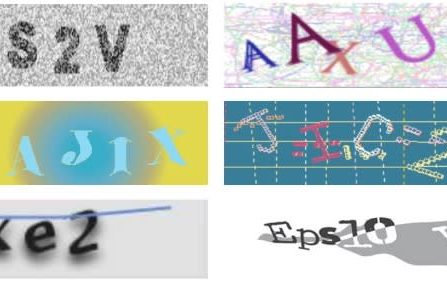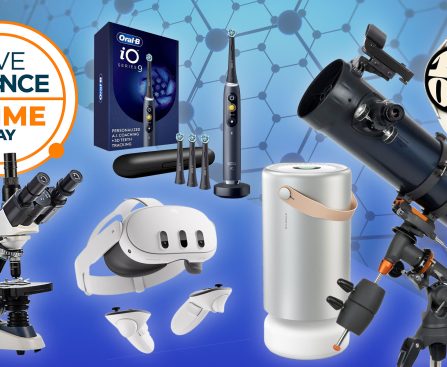I’m Not a Robot invites players to tackle 48 levels filled with progressively intricate CAPTCHA tasks. It begins simply: tick the box, identify the squares featuring a stop sign, interpret the twisted text — the basics. Then, things take a strange turn, as you’ll need to win at tic-tac-toe, engage in whack-a-mole, and locate Waldo. Soon enough, you’re descending into a chaotic realm of Rorschach tests, eye examinations, trigonometry, and a sequence of “park the car” tasks that will ignite road rage from the coziness of your own residence!
By the time the game puts you to the test with a “reverse Turing test,” you may start to doubt your grip on reality, but should you succeed, a certificate of humanity from Luis von Ahn, co-creator of CAPTCHA (and Duolingo!) awaits you as a reward. The experience is witty, whimsical, and thoroughly maddening. It’s also a brilliant demonstration of the genuine technology driving CAPTCHA.










